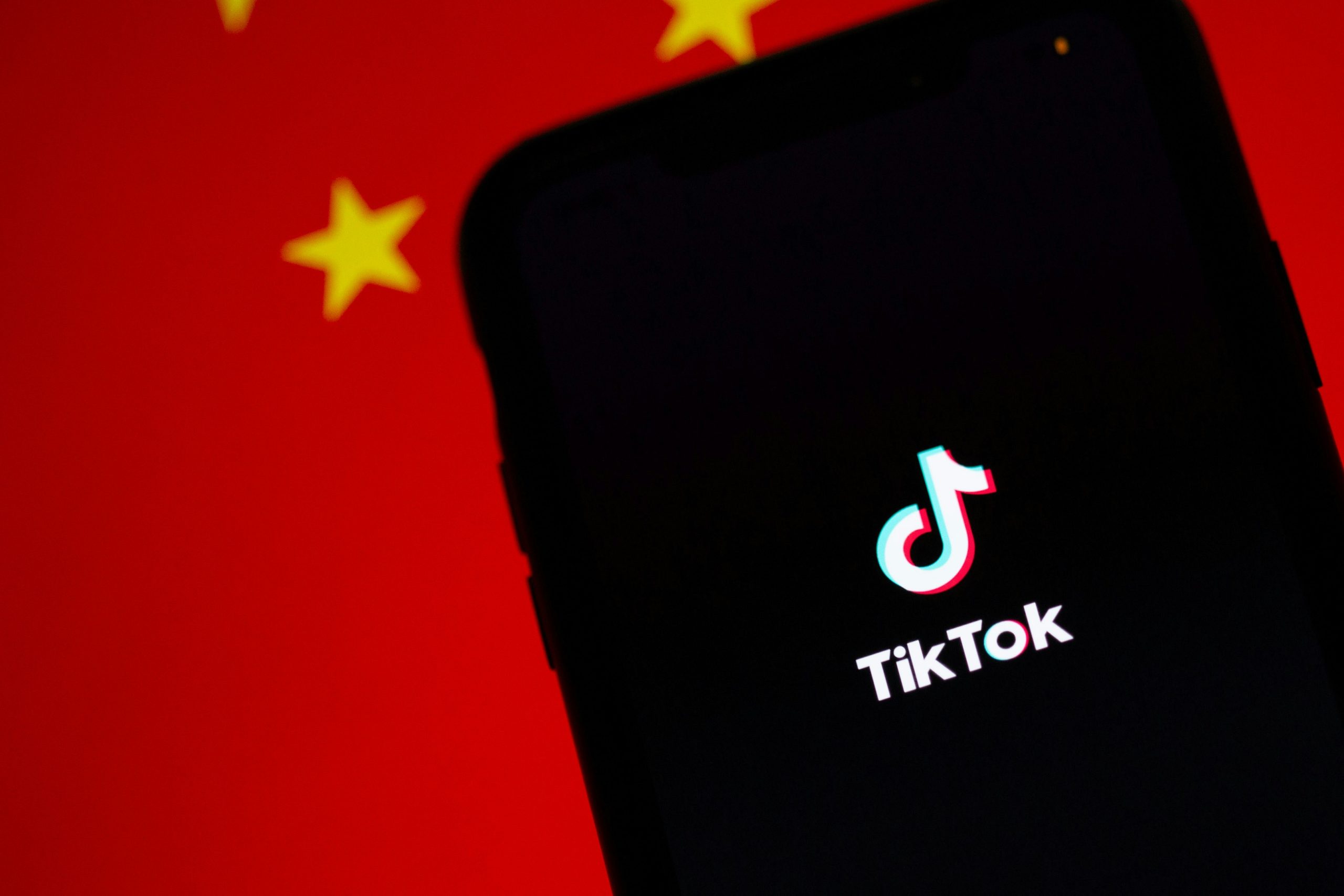The ongoing US-China trade war has taken a surprising turn. While it initially focused on tariffs and economic policy, the latest battleground has shifted to a more personal space: social media (and mainly TikTok). Chinese manufacturers have started taking the lead in communicating directly with consumers, bypassing traditional supply chains and offering to sell products at prices far below what American retailers charge.
Recent escalation began with President Donald Trump’s imposition of a 145% tariff on Chinese goods. China has responded by placing 125% tariffs on American products too. And none of the governments seem to be regretting the decision so far. The dispute has triggered a flood of TikTok videos from Chinese suppliers explaining the inner workings of the global luxury goods market.
The message coming from those influencers and business man on social media is clear. They state that much of what buyers believed to be European luxury products, like Yves Saint Laurent and Chanel leather handbags or Lululemon yoga pants and activewear, are actually produced in China, with only the final branding and packaging done in western countries.
Consumers have turn to apps like Taobao, 1688, Pinduoduo and DH Gate, referred as “the yellow app” on western social media, to buy designer items for a fraction of retail price. According to data from Appfigures, DHgate’s went from being ranked nº 352 among the top free iPhone apps in the US to nº 3 in just a few days. As of April 12, the app saw a 56% increase in downloads, with another 732% jump in installs by April 13.
Is it legit?
However, experts caution that these viral claims are not necessarily true or even a sign of a broader shift in the market. While Chinese manufacturers may be able to produce similar items, the luxury goods sold directly through platforms like DHgate are often counterfeit, “dupes” or of lower quality replicas.
Lululemon and Louis Vuitton, for instance, have publicly denied any connection with the factories touted in these videos. “The Louis Vuitton leather goods collections are exclusively produced in our workshops located in France, Spain, Italy and the United States”, the french brand states on their website. At the same time, the list of suppliers published by the Canadian yoga brand shows that from the 124 suppliers in their chain, 106 are based in Asian countries known by cheap labor in manufacturing.
The broader implications for US-China trade relations are also hard to ignore. These viral videos have highlighted the deep interdependence between the two nations, with consumers in the US unknowingly relying on China for much more than cheap electronics. And despite the popularity of chinese apps, there’s no escaping the fact that US tariffs still apply to Chinese goods, making it unlikely that direct purchases will offer much savings.
Looking forward, the role of Chinese manufacturers in the global trade war is likely to become even more complex. While Chinese manufacturers have certainly carved out a new space for themselves in the ongoing trade war, their rise is not without controversy. The information being shared on platforms like TikTok highlights the complexity of modern supply chains, but it also raises important questions about authenticity, quality, and consumer trust.
It can be the end of the luxury industry as we know it. Or a brand new chapter for the exclusivity narrative.



